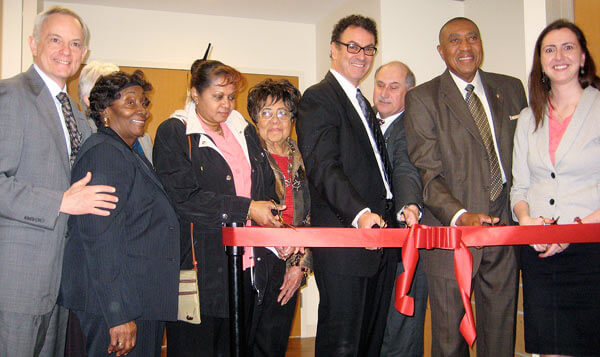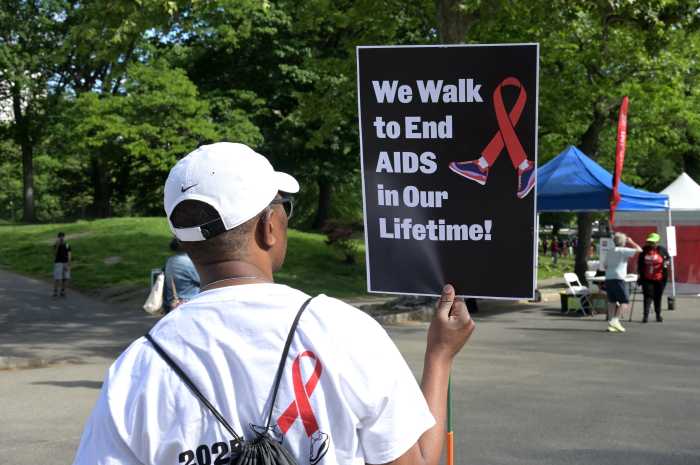By Joe Anuta
Queens Hospital Center cut the ribbon on an expanded geriatric clinic last week, the latest project funded by state grant money to counteract borough hospital closures.
“Baby boomers are all becoming 65 years old at the rate of 10,000 per day,” said Dr. Clifford Feiner, the geriatric physician who will head the clinic. “In this particular area of Queens, as well as Forest Hills, people moved into their houses 20 years ago and stayed.”
To serve this growing subset of the population, the expanded 4,500-square-foot facility features six examination rooms where residents can be treated for conditions like Alzheimer’s or obesity, for example. And since three doctors will be on staff, patients will always see the same physician, according to Feiner.
The new $4 million center was funded with state money called a Health Efficiency and Affordability Law Grant. This category of state dollars has been funding capital expansions at the facility to offset a loss of beds elsewhere, Queens Hospital Center Executive Director Julius Wool said.
“The HEAL program provides additional funding to existing hospitals in Queens to replace capacity,” Wool said, citing the closure of five Queens hospitals in the last 10 years.
After Queens Hospital Center separately received $149 million to make a series of capital improvements that were completed in 2002, HEAL grants have funded more additions as hospitals like St. John’s, Mary Immaculate, Parkway and Peninsula hospitals have been losing beds.
Queens Hospital Center, at 82-68 164th St., is part of the New York City Health and Hospitals Corp., which is designed specifically to offer care to New Yorkers regardless of financial situation. It is one of two public hospitals in Queens, with Elmhurst Hospital Center also belonging to the network.
The grants have funded the addition of about 100 beds at Queens Hospital Center, bringing the facility’s total to 316. An expanded emergency room and an expanded psychiatric emergency department have also been built using the money, Wool said.
The HEAL grants came at a crucial time for the corporation. In 2011, it was operating at a roughly $850 million deficit, according to the latest budget numbers.
But even with capital expansions at facilities like Queens Hospital Center, the borough has recently been pushed to the brink.
“The past winter season we were severely under-bedded,” Wool said, adding that his hospital was running at 100 percent capacity, whereas 80 percent to 85 percent is ideal. “Queens can’t afford to lose any more [beds].”
This winter facilities in other boroughs temporarily closed during and after Hurricane Sandy, which in turn taxed the two public facilities in Queens.
Reach reporter Joe Anuta by e-mail at januta@cnglocal.com or by phone at 718-260-4566.





































